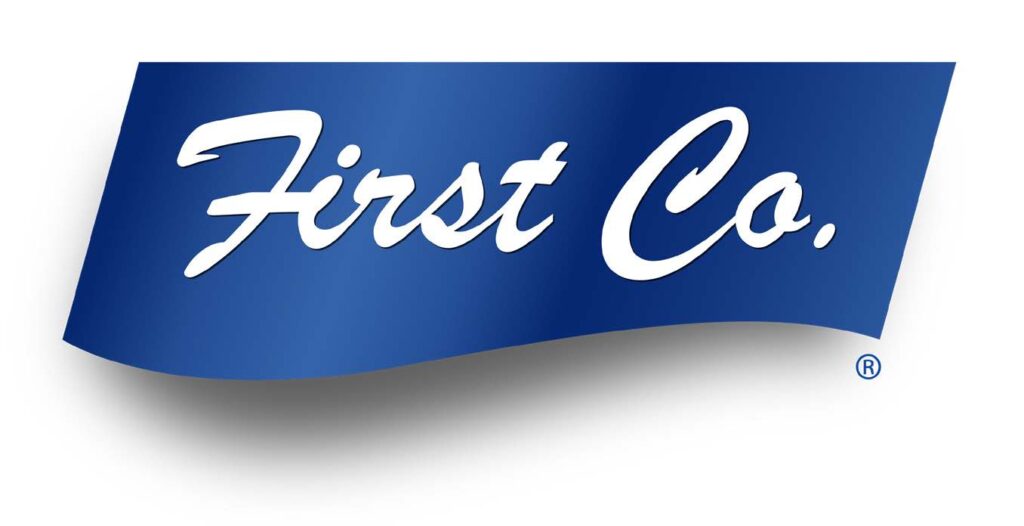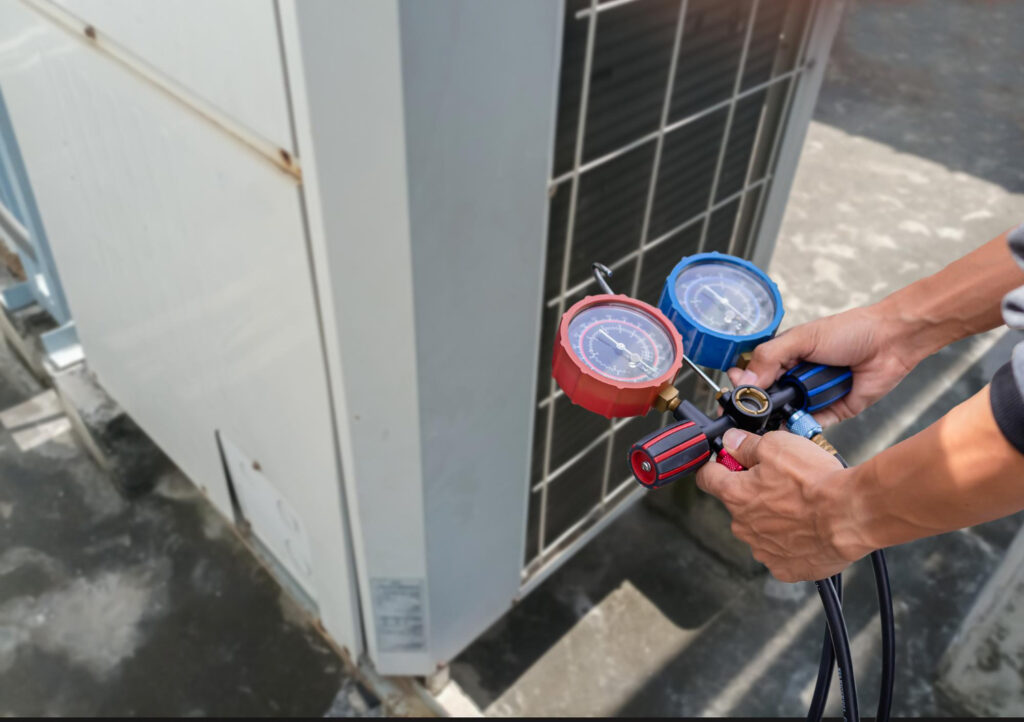Designing an HVAC system isn’t just about choosing a unit — it’s about ensuring your design supports energy efficiency, performance, compliance, and ease of installation. Whether you’re working on a multifamily complex, hotel, or senior living facility, the details matter.
At First Co., we’ve supported engineers, developers, and contractors for over 50 years. Here’s a 6-point checklist to keep your HVAC design smart, streamlined, and spec-ready.
1. Define the Project
Start with a clear project profile. Consider:
- Building type (Multifamily? Hospitality? Assisted Living?)
- Number of units or zones
- Square footage
- Indoor air quality needs
- Anticipated heating/cooling load per zone
This step ensures your design is appropriately scaled and ready for accurate equipment selection.
2. Select the Right System
First Co. offers a full range of HVAC solutions that support a variety of applications:
- Horizontal & Vertical Fan Coil Units
- Packaged Terminal Air Conditioners (PTACs)
- Air Handlers & Heat Pumps
- Hydronic and DX Solutions
When selecting your system:
- Match equipment types to building layout and access
- Prioritize units with compact footprints and service accessibility
- Choose systems that meet current and future energy codes
- Consider First Co.’s A2L-compliant units as refrigerant standards shift
Looking for a versatile option for multifamily or hospitality builds? Consider our VMB Series Multi-Position, ideal for projects needing maximum flexibility and performance in compact spaces.
3. Do the Math
Accurate sizing is critical. Run load calculations using Manual J or equivalent methods:
- Account for building envelope, occupancy, and usage
- Ensure ductwork and system sizing match load demands
- Avoid over-sizing, which leads to energy waste and comfort issues
Remember: the wrong size system can mean more callbacks — and lower efficiency.
4. Plan Airflow & Ductwork
Airflow optimization should be intentional:
- Design duct layouts that minimize pressure drops
- Place supply and return grills for maximum comfort
- Plan for air balancing and zoning when necessary
- Ensure compatibility with First Co.’s multi-position units or remote blower options
For ducted applications needing quiet operation and service-friendly features, the HBC Series offers excellent airflow performance in tight ceiling spaces.
A great product is only as effective as its airflow strategy.
5. Stay Code Compliant
New codes are changing the way we build — and the HVAC industry is no exception.
Make sure your system complies with:
- ASHRAE 62.1 & 90.1 standards
- Refrigerant regulations under the AIM Act (A2L readiness)
- Local jurisdiction requirements (especially around ventilation and fire separation)
First Co. offers several models engineered to meet 2025 refrigerant requirements, helping you stay compliant now and in the future.
6. Coordinate Early with Other Trades
Mechanical systems don’t exist in a vacuum.
- Coordinate HVAC design with electrical, plumbing, and structural plans
- Validate ceiling heights, access panels, and drain routing
- Review equipment clearances and serviceability zones
Good coordination prevents jobsite delays and changes orders — saving time and cost.
Why Choose First Co.?
With over half a century of HVAC innovation, First Co. delivers more than reliable products — we deliver systems engineered for today’s construction challenges. From code-ready refrigerant transitions to flexible installations, our units are designed with the installer, designer, and occupant in mind.



